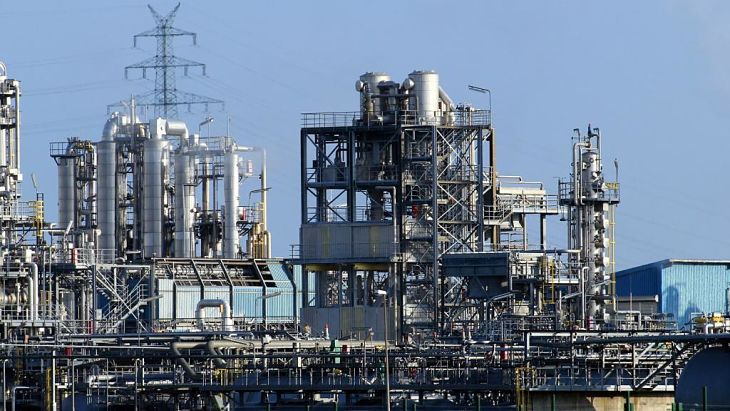“Crack spreads represent the economics of processing raw crude oil into oil products like gasoline and heating oil. There is a seasonal component to the oil product market. When it comes to gasoline, the price of the energy product tends to rally during late winter and spring as the summer is the season of peak demand as many vacationers take to the open road in their automobiles,” according to a Seeking Alpha analysis of crack spreads.
Refiners are also investing in midstream assets, which can provide earnings and achieve higher midcycle returns, with less volatility, Good said.
Related: 32 Best ETFs to Track Crude Oil
Furthermore, many refiners have generated free cash flow, which have been returned to shareholders through dividends and share buybacks. While yields have remained relatively low, dividend growth is picking up.
“Whether you are an investor that has positions in refining companies or a trader that trades or positions in crude oil, crack spreads should always be on your radar. These processing spreads provide market participants with a real-time indicator of refinery profitability and also track demand for oil products which reflect directly on demand requirements for raw crude oil,” adds Seeking Alpha.
For more news and strategy on the Oil ETF market, visit our Oil category.
VanEck Vectors Oil Refiners ETF (NYSEArca: CRAK)
